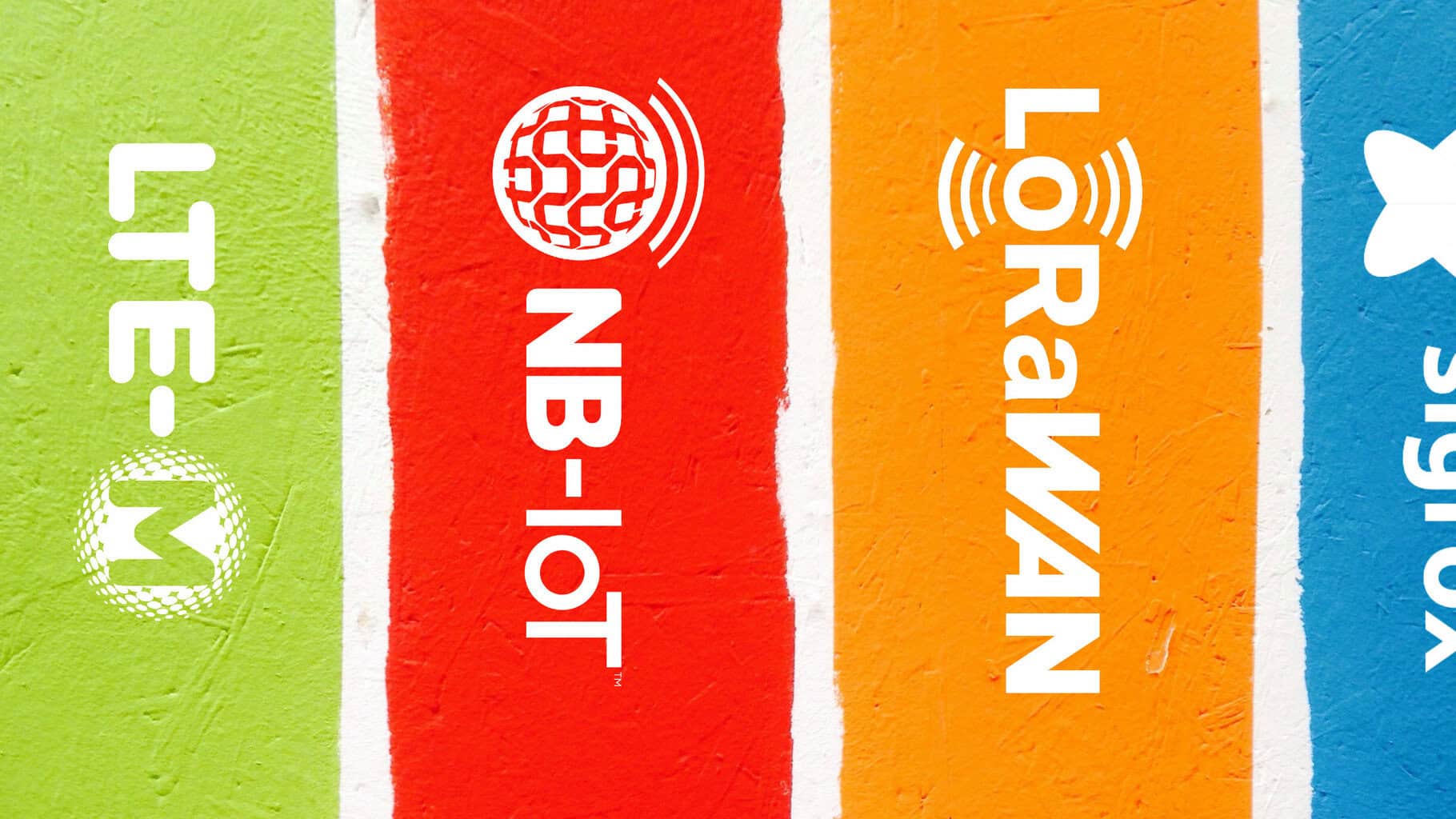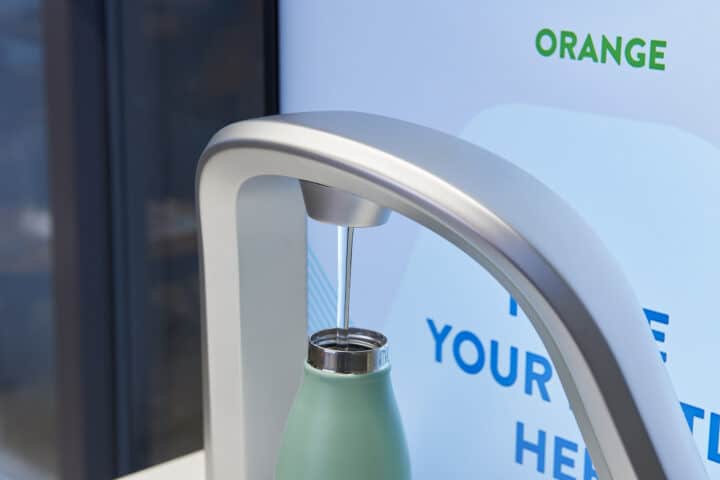NB-IoT and LoRa-based IoT connectivity technologies are projected to dominate the LPWAN market growth segment of the IoT networking market, according to Omdia. By 2030, these technologies will support over 3.5 billion IoT connections, accounting for approximately 86% of all IoT connections. NB-IoT, driven by its widespread use in China, will continue as the leading LPWAN standard, with connections expected to grow from 900 million to 1.9 billion in five years. LoRa, including LoRaWAN, will increase its connections from 500 million to 1.3 billion.
Despite its current smaller share, LTE-M will experience the fastest growth among major LPWAN standards, expanding from over 100 million connections in 2024 to nearly 400 million by 2030. Emerging LPWAN technologies like Wi-SUN and MIOTY are also set for significant growth. Sigfox, though currently experiencing challenges, is attempting a resurgence with new projects like a major water meter initiative in South Africa.
Omdia’s research highlights a market largely split between NB-IoT’s public network dominance in China and LoRa/LoRaWAN’s strength in private IoT networks globally. LoRaWAN’s ecosystem and alliance-driven approach ensure its continued success, particularly in smart buildings, homes, and asset tracking. NB-IoT’s growth will be bolstered by satellite deployments and supportive government policies, especially in Europe. Overall, both technologies are poised for sustained growth and innovation through 2030.

NB-IoT and LoRaWAN Dominate LPWAN Market Growth in IoT Connectivity Trends
NB-IoT and LoRa-based IoT connectivity technologies have, and will continue to have, the lion’s share of the low-power wide-area ( LPWA ) end of the IoT networking market, reckons research house Omdia. The firm said the overall number of IoT connections on the two technologies, operating in licensed and unlicensed spectrum bands, both, will reach more than 3. 5 billion by 2030, and account for about nine in 10 (86 percent of ) IoT connections by the end of the period. Their mutual share is about 87 percent today, it said.
NB-IoT will remain the leading LPWA network ( LPWAN ) standard through the period – “driven by its popularity in China, ” said Omdia, where 90 percent of its interests reside. It added: “LoRaWAN leads in most different regions. According to a quick glance at a graph provided with an Omdia marketing note, NB-IoT currently has about 900 million connections and will more than twice that to about 1. 9 billion over the next five years. LoRa, including both custom LoRa and LoRaWAN connections, will jump in the period from around 500 million to 1. 3 million.
However, high-powered LTE-M, traditionally paired with NB-IoT as a cellular-based LPWAN twin-set, will go from somewhere north of 100 million connections in 2024 to something shy of 400 million in 2030 – representing the fastest growth of any of the ‘big’ LPWAN standards. By contrast, ‘other ’ newer LPWAN technologies, somewhat Wi-SUN and MIOTY, will grow eloquently, also, in the period, from a combined total of about 20 million in 2024 to over 100 million in 2030. Growth of Sigfox, on the other hand, looks from the graph to be constrained and flat-lining.
Sigfox Sees Resurgence Amid NB-IoT and LoRaWAN Dominance in LPWAN Market
At the same time, the Sigfox crowd protested this week that Sigfox is “making a comeback ” following a strong couple of years, which saw its bankruptcy and rescue under a more-open ownership, led by Singapore-based Unabiz. 12 Sigfox devices had a base installed at the time. 5 million at the end of 2023, the company said; However, Sigfox South Africa has just received a significant bright water meter project that will contribute 15 million fresh water meters to the total, more than double the global total in one fell swoop.
But the Omdia research put Sigfox securely in the shade, and talked about the LPWAN market as a duopoly, properly, split between NB-IoT’s dominance in China, especially, and in public-network IoT, and LoRa/LoRaWAN’s mastery of the low-power private IoT networks space. “LoRa is expected to remain the preferred choice in secret IoT connections, while NB-IoT will expand through cost-effective implementations, with both technologies poised for continued success through 2030,” said Shobhit Srivastava, top principal analyst at Omdia.
LoRaWAN Leads Global LPWAN Market Outside China; NB-IoT Drives IoT Growth in Connected Spaces
LoRaWAN ultimately appears in the report as having had the most success. Srivastava said: “Although NB-IoT is the leading LPWAN technology, over 90 percent of its connections are in China. According to years of unquestioned growth and momentum, LoRaWAN continues to be the leading LPWAN connectivity technology outside of China. LoRaWAN, with its alliance-driven approach, boasts a sophisticated ecosystem that allows customers to choose from a range of partners and application-specific experts. Its separated offerings assure its future success.
Srivastava added: “LoRaWAN is now focusing on high-growth areas, such as bright buildings, bright homes, and asset tracking. He also attributed the development of Wi-SUN and MIOTY to LoRa’s “successful alliance model, which he immediately favored developing an ecosystem.” Of NB-IoT, he said certain operator initiatives to deploy satellite-based NB-IoT to address coverage gaps, and certain government regulations as well, “will bolster NB-IoT growth ” in Europe. But NB-IoT will remain a China story for the most part, he added.
The three regional mobile operators and the Chinese government continue to support common NB-IoT adoption supported by Taiwanese chipset manufacturers. The technology will grow as more economical modules are introduced by Chinese manufacturers in Europe and South America. The most common use cases for NB-IoT are connected spaces and cities, as well as intelligent meters and water, gas, and electronic utilities. ”











